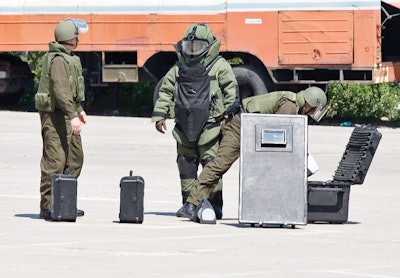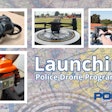 Photo: iStockphoto.com.
Photo: iStockphoto.com.
A chemical or biological attack is not the easiest of terror scenarios to execute. But it's one that America's enemies both foreign and domestic and any number of scientifically inclined nut jobs have expressed a willingness to do.
There is some debate over whether a dedicated fringe group could produce true military weapons of mass destruction without being discovered. Or without killing themselves.
Japan's Aum Shinrikyo had immense resources both financially and intellectually. It also had the element of surprise. Yet, from a military viewpoint, its biological and chemical weapons were not very effective.
Could a terrorist group develop such weapons here in the United States? Could it develop them elsewhere and bring them into the country? Perhaps. A more likely scenario is that the terrorists would borrow a weapon from an existing or heretofore unknown military stockpile and use it.
Another likely scenario is that a terror group could improvise a chemical weapon from a source of industrial chemicals. Tanker trucks full of industrial chemicals have been used in bombings in Iraq.
Sabotage of a chemical plant is another possible scenario that's well within the capabilities of any number of individuals and groups. In 1984, one disgruntled worker in a Union Carbide plant in Bhopal, India, killed thousands of people by releasing a toxic cloud.
So if you're telling yourself that a WMD attack could never happen in your town because it's too small or too remote, look around. Is there a chemical plant? What hazardous materials are rolling down the road? What kinds of toxins come through town on the rails? What's at the local Home Depot? What's at the local pool supply store?
And consider Matsumoto. By Japanese standards, it's a small town of 300,000 people. It's a sleepy community nestled in the foothills of Nagano Prefecture, far from the big city. Yet it was the site of the world's first reported chemical weapon attack by a terror group when Aum Shinrikyo released sarin gas in 1994.


















